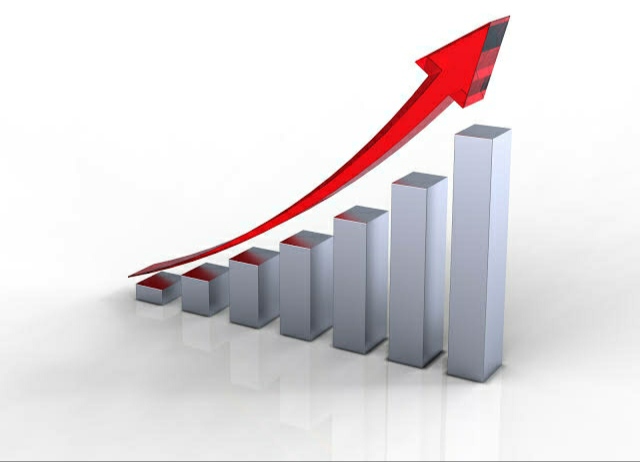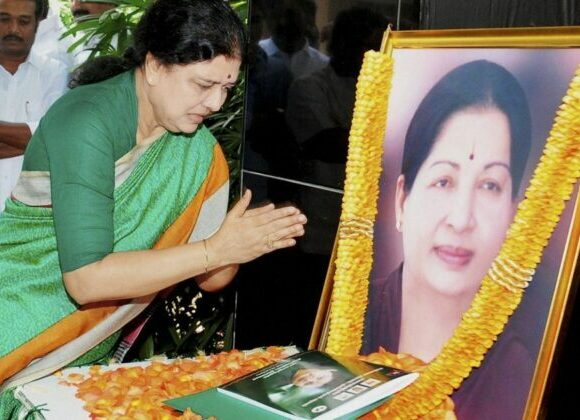Rooting for a ‘Neutral Rate’

Article By
V.P. Nandakumar,
MD & CEO, Manappuram Finance Ltd
Monetary policy actions of the central banks world-over have come under intense scrutiny from leading economists and policy analysts ever since the runaway rise in general price levels – retail inflation to borrow words from economists’ lexicon – started roiling most economies in the world of any nomenclature – be it developed or developing, emerging or advanced. The spiralling prices have landed nations in a piquant situation with the talk about an impending recession – a fall in economic growth through two successive quarters technically – stoking fears of a ‘hard landing’ getting louder. In plain English, hard landing refers to a rapid fall in the rate of economic expansion after a sharp uptick arguably attributed to higher prices chipping away the disposable income in the hands of common men.
It may be also in order here to mention that higher interest rates for longer periods turns capital dearer. The effect of these twin developments means an overall contraction in aggregate demand or purchasing power of the people leading to further fall in economic activity, employment and income levels. In short, the economy will eventually enter a vicious cycle of slowing growth with each critical variable flagged above feeding into each other’s weakness.
Needless to add, inflation is generally considered as an indirect tax on income and any slip in containing it will fan recessionary pressures pushing the economies to the brink. This is because higher prices would hit where it hurts most – a slowdown in private final consumption expenditure – the key driver of economic growth at any given point of time.
It may be pertinent here to point out that the critics of the monetary policy trace the current slowdown in global growth to the pandemic era ultra-loose monetary policy. They are quick to point out that leading central banks – especially the US Fed – were way behind the curve in reading the evolving inflation trajectory. This line of argument arguably holds good since the Fed and many other major central banks have been stubbornly sticking to their flawed narrative that `inflation is transitory’ and would be behind us sooner than later, a reading that went terribly wrong by all standards and measures.
It Is a truism that with rising prices, especially after Russia’s invasion of Ukraine, becoming a new normal and more stubborn and entrenched than originally thought, central banks wasted no time in flipping their position overnight to a hawkish stance. As the old saying goes, the rest is history. The upshot is that it led to the beginning of the current interest rate cycle closely followed by the aggressive tightening of liquidity support to economic growth; a synchronised action that has been crimping overall activity level since.
In layman’s words, the policy of near zero interest rates unleashed by the central banks on top of pandemic era fiscal support of all kinds under the economic stimulus package to counter the Covid-induced economic slowdown was abandoned in no time and a trend reversal followed with apex banks going for back-to-back jumbo sized interest rate hikes to douse the inflationary fire that has been threatening to leave nations staring at a cost-of-living crisis.
Back home, the RBI was forced to play the catch-up game with other major central banks by going for somewhat outsized rate hikes since May last to bring the inflation reading to its comfort level of less than 6%. An assessment of the evolving macro-economic construct gives credence to the argument that price pressures are finally cooling with global commodity prices and threat of ultra-aggressive rate hikes by the Fed fading. The Fed chair Jerome Powell had dropped enough hints that future rate hikes would come at a much slower pace. But this does not mean that the Fed has done away with the current rate hike since the job market in the US still remains red hot.
In my view, India’s inflation print would remain above 6% till February next and then slide to 4.5%-5.5% level through FY2024. On the other hand, various multilateral agencies have slashed India’s economic growth forecast citing multiple headwinds – both global and domestic – that may mute economic expansion further. It is now a certainty that India is likely to finish the current fiscal at a much lower pace of GDP growth that median estimates peg at below 7%, which may go down again if the global economic growth fades further.
Such tidings make a strong case for policy rate moving to neutral territory in sync with a data-driven assessment of inflation-growth dynamics going forward, irrespective of other major central banks rate actions. The December policy meeting of the MPC comes at a time when the jury is still out about the incremental effect of past policy hikes. A data driven assessment shows that while non-farm credit is growing at healthy teens, higher rates are playing out to be demand restrictive, if not destructive, at least in some pockets of the economy. On the other hand, price pressures are arguably cooling off with domestic supply shocks easing and global commodity prices easing. Therefore, in my opinion it may be prudent for MPC members to turn to a `neutral rate’ path which is the best policy option available in the RBI’s tool kit to support flagging growth while fighting inflation without any let up.
Pic Courtesy: google/images are subject to copyright








